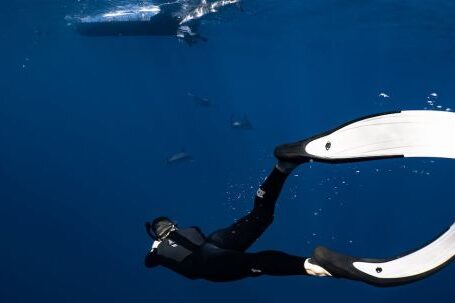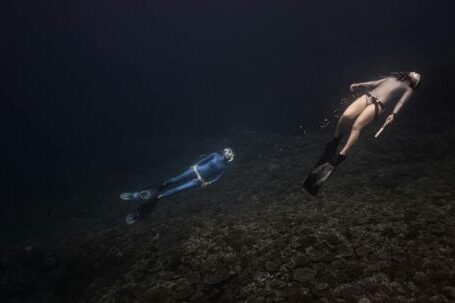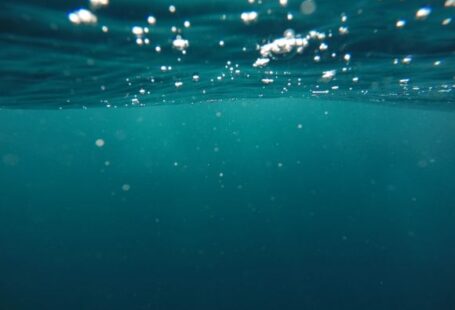Diving is a thrilling and adventurous activity that allows individuals to explore the mysterious depths of the underwater world. Whether you are a beginner or an experienced diver, understanding the different types of diving is essential for a safe and enjoyable experience. In this article, we will explore the basics of various types of diving, from recreational diving to technical diving and everything in between.
Recreational Diving: Exploring the Shallow Depths
Recreational diving is the most popular form of diving and is suitable for beginners and casual divers. It involves exploring the shallow depths of the ocean or other bodies of water, typically between 30 to 100 feet. This type of diving allows divers to enjoy the beauty of coral reefs, marine life, and underwater landscapes. Recreational divers are usually required to obtain a basic certification, which involves completing a training course and passing a series of tests.
Snorkeling: A Simpler Form of Diving
Snorkeling, although not technically classified as diving, is a popular activity that allows individuals to observe underwater life without the need for specialized equipment. Snorkelers use a mask, snorkel, and fins to swim near the surface of the water, breathing through the snorkel tube. This type of diving is perfect for those who want to experience the underwater world without the complexities and training required for scuba diving.
Technical Diving: Pushing the Limits
Technical diving is a more advanced form of diving that involves exploring deeper depths and utilizing specialized equipment, techniques, and training. Technical divers go beyond the recreational diving limits, often diving below 100 feet and utilizing mixed gas blends to extend their bottom time. This type of diving requires extensive training and experience due to the increased risks involved. Technical divers often explore underwater caves, wrecks, and other challenging environments.
Cave Diving: Exploring the Subterranean World
Cave diving is a specialized form of technical diving that involves exploring underwater caves, caverns, and other subterranean passages. It requires advanced training and equipment due to the unique challenges and potential hazards associated with diving in enclosed spaces. Cave divers must have excellent buoyancy control, navigation skills, and the ability to remain calm in stressful situations. The allure of cave diving lies in the opportunity to explore hidden underground worlds and discover unique geological formations.
Wreck Diving: Exploring Sunken Ships
Wreck diving is a fascinating type of diving that involves exploring sunken ships, aircraft, and other man-made structures. It allows divers to delve into history and witness the transformation of these structures into artificial reefs teeming with marine life. Wreck diving requires specialized training and equipment due to the potential dangers associated with exploring confined spaces, sharp edges, and potentially unstable structures. It offers a unique blend of adventure, history, and marine biology.
Conclusion: The World of Diving Awaits
Diving offers a vast array of opportunities for exploration, adventure, and personal growth. Whether you are interested in exploring the vibrant coral reefs, venturing into underwater caves, or uncovering the secrets of sunken ships, there is a type of diving that suits your interests and skill level. Remember, safety should always be your top priority, so ensure that you receive proper training and adhere to diving guidelines and regulations. So, gear up, dive in, and discover the wonders that await beneath the surface of the water. The world of diving is yours to explore!





